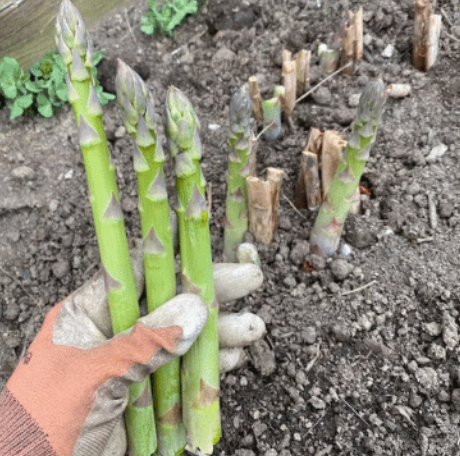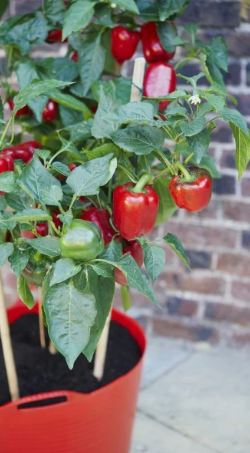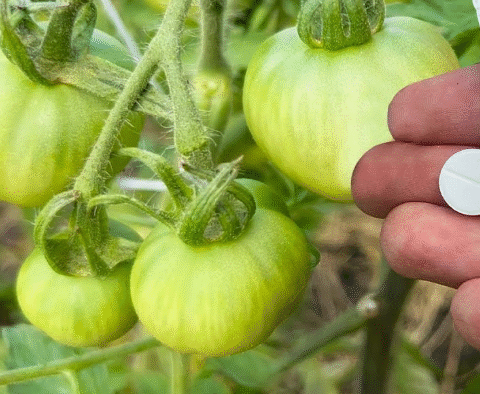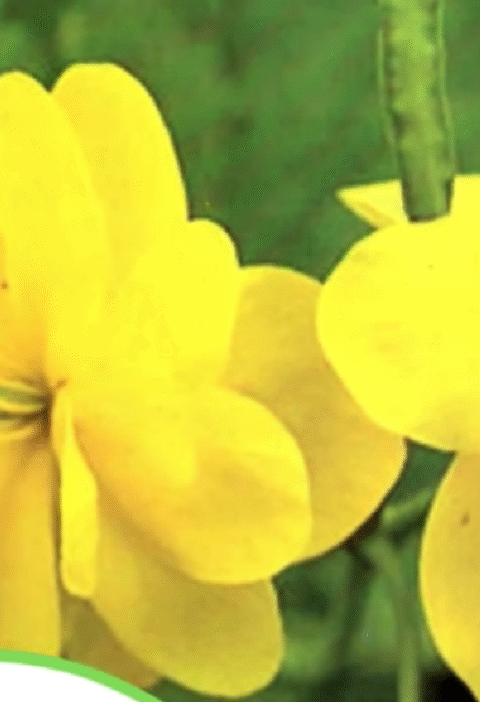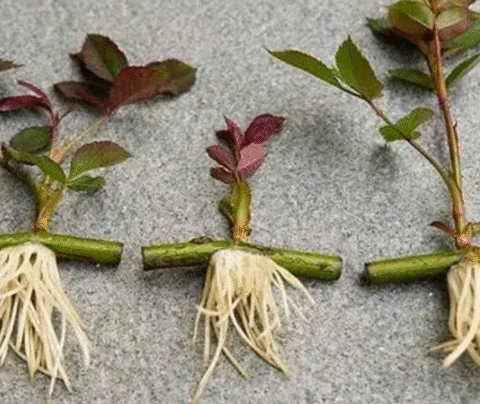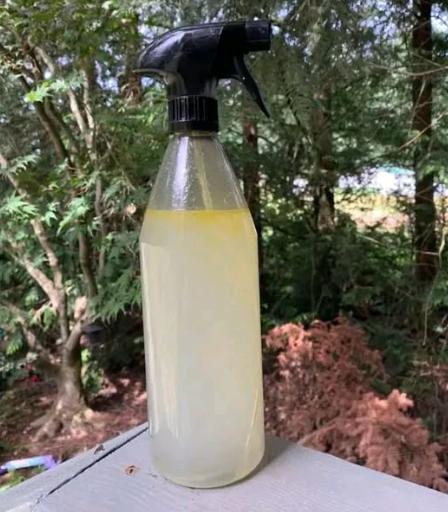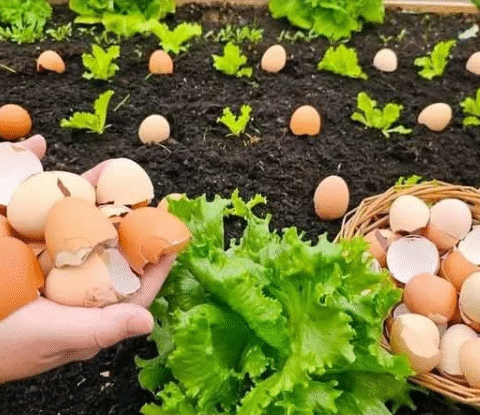18 Perennial Vegetables You Only Need to Plant Once 🌱
Imagine a garden that keeps giving year after year without the need to replant every season. Perennial vegetables make this dream a reality. 🌿 Unlike annuals, which require replanting each year, perennials provide a long-term solution for sustainable gardening, saving you time, effort, and money.
What Are Perennial Vegetables?
Perennial vegetables are edible plants that live for more than two years. Unlike annual vegetables that complete their life cycle in one growing season, perennials continue producing food with minimal care. This makes them a cornerstone of permaculture and sustainable gardening practices.
Benefits of Growing Perennial Vegetables
- ✅ Low Maintenance: Once established, they require minimal care.
- ✅ Cost-Effective: Plant once, harvest for years.
- ✅ Eco-Friendly: Less tilling and replanting preserves soil health.
- ✅ Continuous Harvest: Many offer produce multiple times per season.
- ✅ Resilient: Most are hardy and drought-tolerant.
18 Perennial Vegetables to Plant Once and Harvest for Years
1. Asparagus
Expert Tip: Dr. Leila Nour, horticulturist, recommends starting with 2-year-old crowns for quicker harvests.
Planting: Full sun, well-drained soil. Plant crowns 8–10 inches deep.
Harvest: Skip first year. From second year, harvest in early spring for 15–20 years.
2. Rhubarb
Note: Technically a vegetable, often used as a fruit.
Planting: Cool climates, rich soil. Plant in early spring.
Harvest: Start in second year. Only eat stalks—leaves are toxic.
3. Artichokes
Planting: Fertile, well-drained soil. Mulch in winter.
Harvest: Before buds bloom for best taste.
4. Horseradish
Warning: Can spread aggressively. Use containers or isolated beds.
Harvest: Dig up roots in fall.
5. Jerusalem Artichokes (Sunchokes)
Planting: Loose, sandy soil. Full sun. Contain to prevent spreading.
Harvest: After first frost.
6. Chives
Planting: Full sun, well-drained soil.
Harvest: Snip leaves throughout growing season.
7. Sorrel
Planting: Moist soil, partial to full sun.
Harvest: Regularly pick young leaves.
8. Good King Henry
Planting: Rich soil, partial shade. Slow to establish.
Harvest: Young leaves in spring and early summer.
9. Walking Onions
Planting: Full sun, well-drained soil.
Harvest: Use greens or bulbs. Winter-hardy.
10. Lovage
Flavor: Tastes like strong celery.
Harvest: Use leaves, stems, and seeds.
11. Sea Kale
Planting: Sandy soil, full sun. Mulch in winter.
Harvest: Blanch shoots in spring; use leaves and flowers.
12. Perennial Kale
Varieties: Daubenton kale, Taunton Deane.
Harvest: Pick leaves regularly.
13. Skirret
Flavor: Sweet, nutty root.
Harvest: Dig roots late fall or winter.
14. Perpetual Spinach
Technically: A chard that behaves like spinach.
Harvest: Continual picking promotes growth.
15. Tree Collards
Height: Up to 10 feet!
Harvest: Sweeter after frost. Stake to prevent falling.
16. Daylilies
Edible Parts: Shoots, buds, blossoms.
Harvest: Pick young shoots and buds.
17. Chinese Artichokes (Crosnes)
Planting: Loose, well-drained soil.
Harvest: Late fall or early winter.
18. Watercress
Growing Conditions: Needs consistent moisture or shallow water.
Harvest: Snip regularly for salads.
Nutrition & Health Benefits Table 📊
| Vegetable | Main Nutrients | Avg. Serving (g) | Key Health Benefits |
|---|---|---|---|
| Asparagus | Folate, Vit C, K | 134 | Supports pregnancy, reduces inflammation |
| Rhubarb | Calcium, Vit K | 122 | Bone health, antioxidant-rich |
| Chives | Vit A, C | 3 | Antibacterial, supports vision |
| Watercress | Vit A, C, K | 34 | Boosts immunity, detoxifying |
| Tree Collards | Iron, Calcium | 85 | Energy support, strong bones |
| Sorrel | Vit C, Fiber | 30 | Digestive aid, immune support |
| Sea Kale | Vit C, Manganese | 100 | Skin health, wound healing |
10 Frequently Asked Questions ❓
- Are perennial vegetables truly maintenance-free?
Not entirely, but they require far less care than annuals once established. - Can I grow perennial vegetables in containers?
Yes! Many like chives and horseradish adapt well to pots. - Do perennial veggies need fertilizing?
Yes, light seasonal compost or organic fertilizer helps productivity. - What zones are suitable?
Depends on the plant. Always check hardiness zones. Many survive USDA zones 3–9. - How do I control spreading?
Use raised beds, containers, or root barriers for aggressive growers like horseradish. - Can I harvest in the first year?
Generally not. Let plants establish for long-term yields. - Are all parts edible?
No. For example, rhubarb leaves are toxic. Always check before consuming. - Will they survive winter?
Most will, especially with mulching. Choose varieties suited to your climate. - Where can I buy perennial vegetable starts?
Specialty nurseries, farmers’ markets, and online seed catalogs. - Can I mix perennials with annuals?
Absolutely! They can complement each other in companion planting setups.
Explore Related Recipes 🍽️
For delicious recipes using these perennial vegetables, visit www.gentplu.com.
Conclusion
Adding perennial vegetables to your garden is a smart and sustainable way to grow your own food. With options ranging from leafy greens to root crops, there’s something for every gardener and climate. 🌎 By planting these 18 perennial vegetables, you can enjoy fresh, homegrown produce year after year with minimal effort. Start planting today and transform your garden into a perennial paradise that keeps on giving! 🌼
